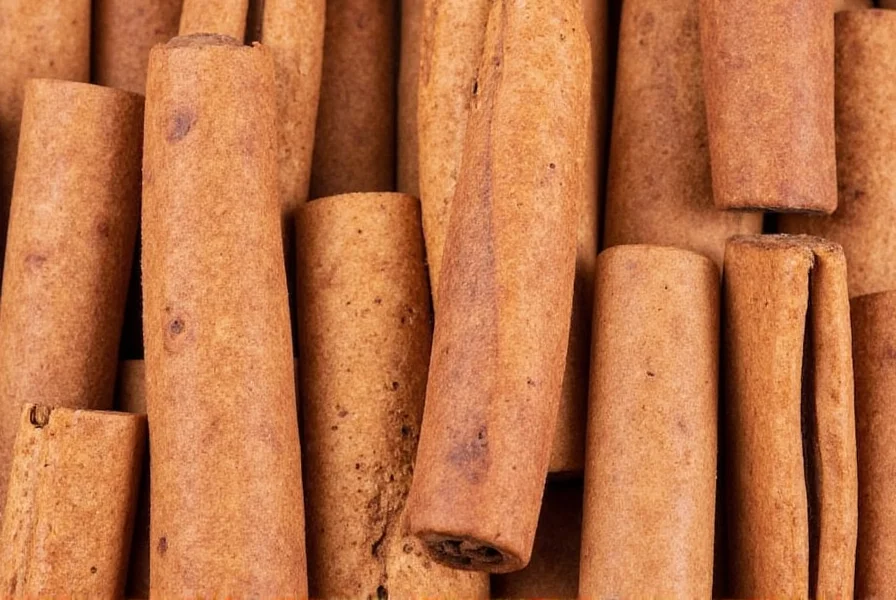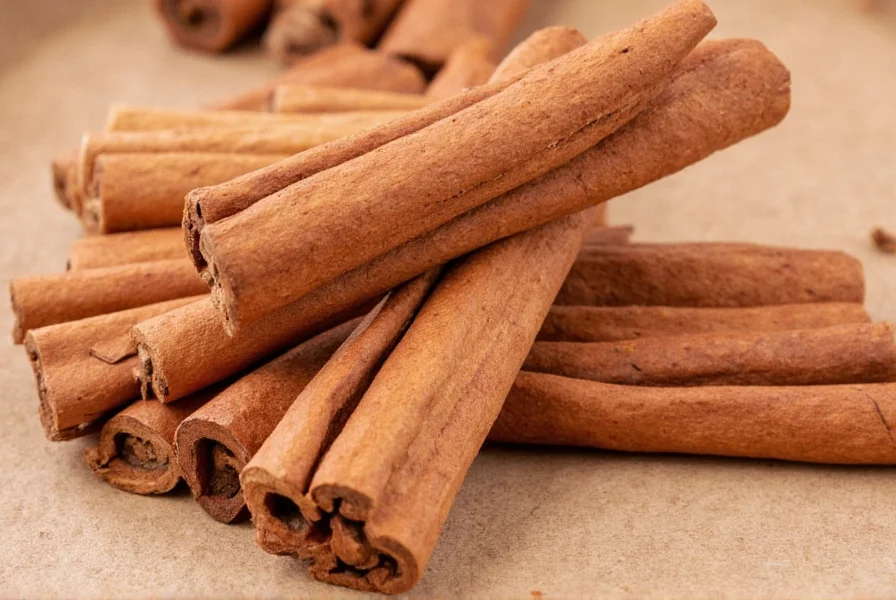"Cinnamon ken" appears to be a misspelling or misunderstanding—there is no recognized culinary, scientific, or commercial term by this name. Cinnamon is a widely used spice derived from the inner bark of trees in the Cinnamomum genus, with two primary varieties: Ceylon ("true cinnamon") and Cassia. This article clarifies common cinnamon misconceptions while providing evidence-based information about its benefits, types, and proper usage.
When searching for "cinnamon ken," users likely encounter confusion due to a typographical error or miscommunication. The term doesn't correspond to any established concept in food science, nutrition, or spice trade literature. Instead, this query probably stems from misspelling "cinnamon tea," "cinnamon benefits," or confusing "ken" (a Japanese term for "view" or a personal name) with relevant cinnamon terminology.
Understanding Cinnamon: Beyond the "Ken" Confusion
Cinnamon has been valued for over 4,000 years across multiple civilizations, from ancient Egypt to traditional Chinese medicine. Modern research validates many of its historical uses while revealing new applications. Let's explore what cinnamon actually is and why the "cinnamon ken" misconception persists.
Two Main Types of Cinnamon You Should Know
Not all cinnamon is created equal. Understanding these varieties prevents potential health risks and enhances culinary results:
| Type | Scientific Name | Coumarin Content | Flavor Profile | Best Uses |
|---|---|---|---|---|
| Ceylon Cinnamon | Cinnamomum verum | Very low (0.004%) | Delicate, sweet, citrus notes | Daily consumption, baking, sensitive populations |
| Cassia Cinnamon | Cinnamomum cassia | High (2.15-6.97%) | Bolder, spicier, more intense | Occasional use, robust recipes, commercial products |
The "cinnamon ken" confusion sometimes arises when consumers unknowingly purchase Cassia but expect Ceylon's milder flavor profile. This misunderstanding leads to incorrect assumptions about cinnamon's properties.

Evidence-Based Health Benefits of Cinnamon
Rigorous scientific research supports several health applications of cinnamon, particularly Ceylon variety:
- Blood sugar regulation: Multiple studies show cinnamon improves insulin sensitivity, with effects noticeable within 40 days of regular consumption
- Antioxidant powerhouse: Cinnamon ranks #1 among 26 common spices for antioxidant activity, combating oxidative stress more effectively than garlic or oregano
- Anti-inflammatory properties: Cinnamaldehyde compound reduces inflammatory markers linked to chronic diseases
- Neuroprotective potential: Emerging research suggests cinnamon may inhibit tau protein aggregation associated with Alzheimer's disease
These benefits apply primarily to authentic cinnamon products—not the "cinnamon ken" misnomer that sometimes appears in online searches.
Common Cinnamon Misconceptions Explained
The "cinnamon ken" confusion often intersects with other widespread misunderstandings:
- "Cinnamon detox" claims: No scientific evidence supports cinnamon's ability to "detox" the body, though it does support liver function
- "Cinnamon for weight loss": While cinnamon may improve metabolic markers, it doesn't directly cause weight reduction
- "All cinnamon is the same": Cassia's high coumarin content requires consumption limits (under 1 teaspoon daily), while Ceylon can be used more liberally
Practical Culinary Applications
Understanding proper usage prevents the disappointment that sometimes leads to terms like "cinnamon ken":
- Add ground cinnamon to coffee grounds before brewing for subtle spice infusion
- Use Ceylon cinnamon sticks in rice pudding or custards for delicate flavor without bitterness
- Combine Cassia with complementary spices like cloves and star anise in mulled wines
- Store cinnamon in airtight containers away from light to preserve volatile oils

Safety Considerations and Quality Assessment
Before incorporating cinnamon into your routine, consider these evidence-based guidelines:
- Limit Cassia consumption to 1 teaspoon (2.5g) daily due to coumarin content
- Choose Ceylon for daily therapeutic use, especially for those with liver conditions
- Verify authenticity through aroma (Ceylon has sweeter, more complex scent)
- Check for certification labels like USDA Organic or Fair Trade when purchasing
The "cinnamon ken" search pattern often emerges when consumers experience unexpected results from low-quality or mislabeled products. Authentic cinnamon should have a sweet, warm aroma without chemical undertones.
Identifying Quality Cinnamon Products
Follow these practical steps to ensure you're getting genuine cinnamon rather than contributing to the "cinnamon ken" confusion:
- Examine the label for specific botanical name (Cinnamomum verum for Ceylon)
- Check the texture—Ceylon forms multiple thin layers while Cassia is a single thick roll
- Perform the solubility test—Ceylon dissolves more completely in liquids
- Verify supplier reputation through independent reviews and certifications
Conclusion: Moving Beyond the "Cinnamon Ken" Confusion
The term "cinnamon ken" represents a common pattern of misspelled or misunderstood search queries that lead users to inaccurate information. By understanding cinnamon's true properties, varieties, and evidence-based applications, consumers can make informed choices that deliver the health and culinary benefits this ancient spice offers. Always verify product authenticity and consult scientific literature rather than relying on ambiguous terms that may lead to misinformation.
Frequently Asked Questions
What is the difference between Ceylon and Cassia cinnamon?
Ceylon cinnamon (Cinnamomum verum) has multiple thin layers, lower coumarin content, and a delicate flavor. Cassia cinnamon (Cinnamomum cassia) forms a single thick roll, contains higher coumarin levels, and has a stronger, spicier taste. Ceylon is safer for regular consumption while Cassia should be limited to occasional use.
Why do people search for "cinnamon ken" instead of proper cinnamon terms?
This typically results from typographical errors, voice search misinterpretations, or confusion with similar-sounding terms like "cinnamon tea." The "ken" portion doesn't correspond to any recognized cinnamon terminology in culinary, scientific, or commercial contexts.
How much cinnamon should I consume daily for health benefits?
For Ceylon cinnamon, 1-1.5 teaspoons (3-4.5g) daily provides optimal benefits without risk. For Cassia cinnamon, limit to 1/2-1 teaspoon (1-2.5g) daily due to higher coumarin content. Always consult with a healthcare provider before using cinnamon therapeutically.
Can cinnamon help with blood sugar control?
Yes, multiple clinical studies show cinnamon improves insulin sensitivity and reduces fasting blood glucose levels. A 2022 meta-analysis found significant improvements in HbA1c levels after 8-12 weeks of regular cinnamon consumption, particularly with Ceylon variety.
How can I tell if my cinnamon is authentic Ceylon variety?
Authentic Ceylon cinnamon forms multiple thin, papery layers that crumble easily, has a lighter brown color, and offers a sweeter, more complex aroma. Check for the botanical name Cinnamomum verum on the label and look for certification from reputable spice organizations. Ceylon also dissolves more completely in liquids compared to Cassia.











 浙公网安备
33010002000092号
浙公网安备
33010002000092号 浙B2-20120091-4
浙B2-20120091-4